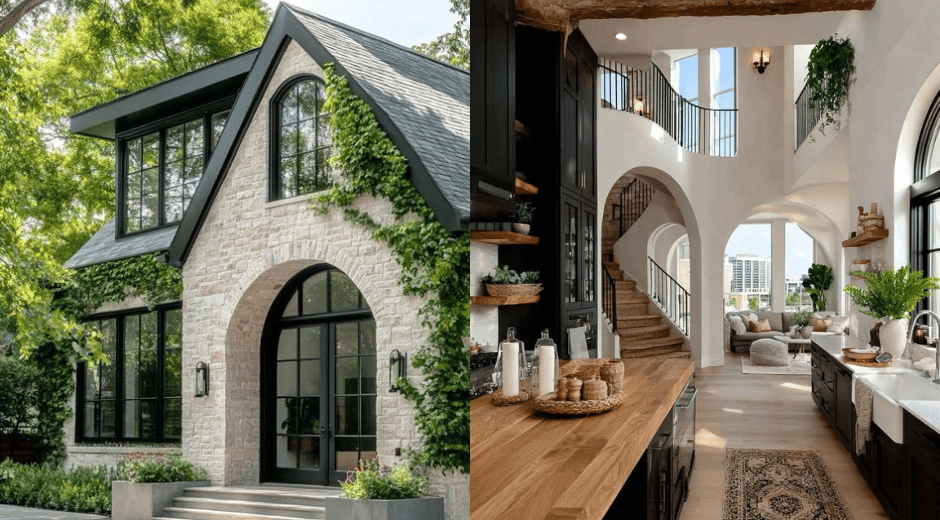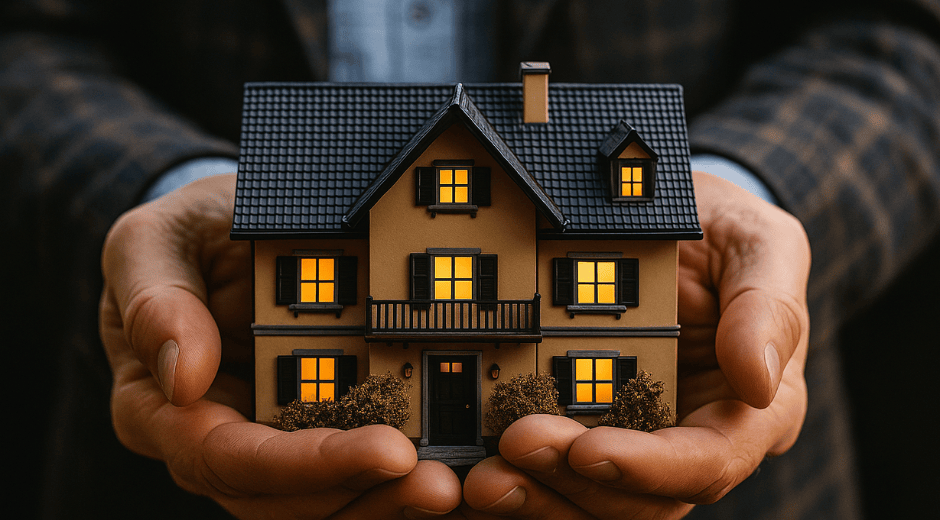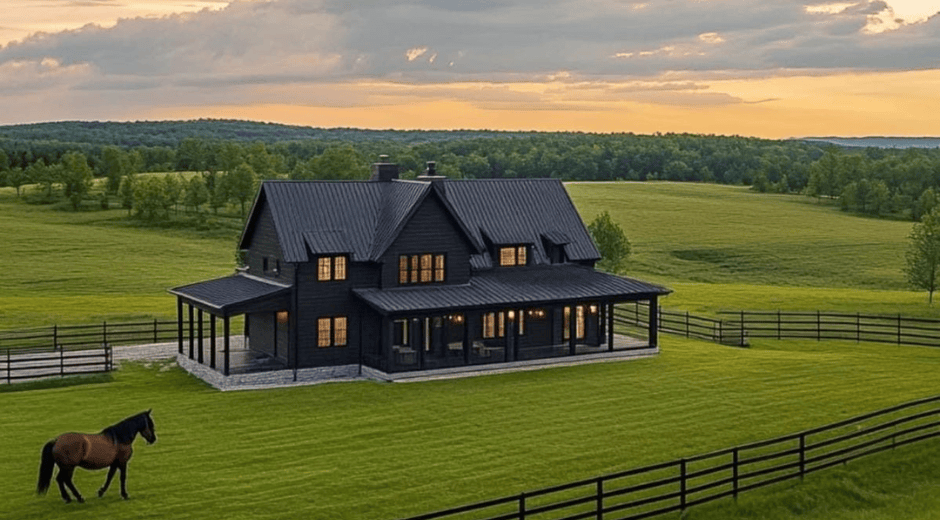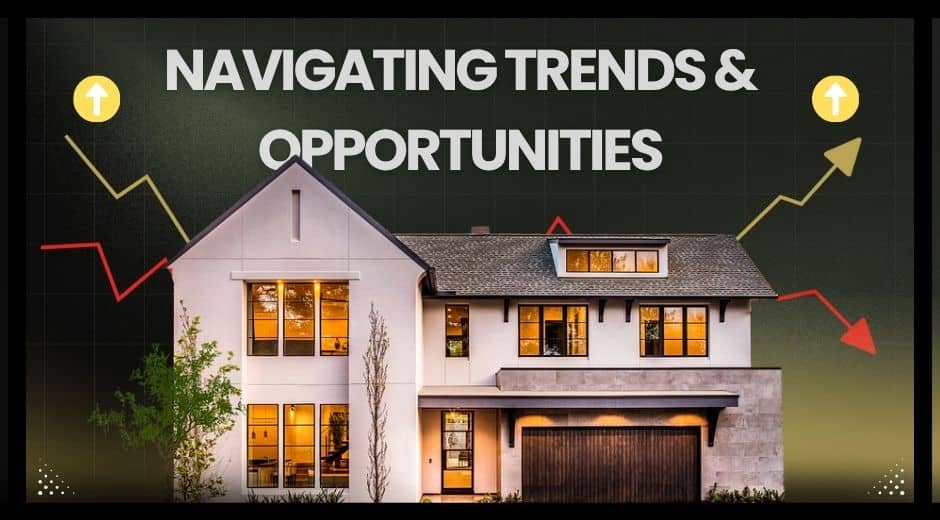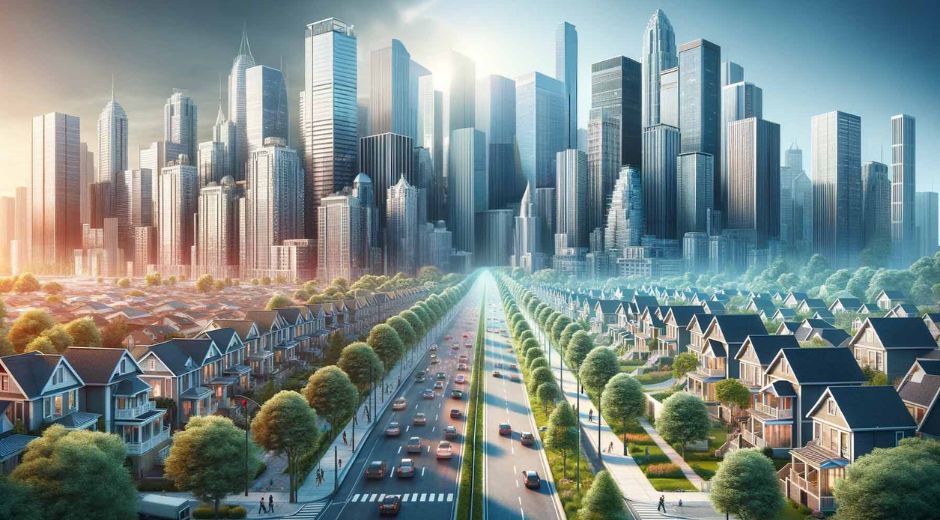Property Value: Key Factors That Influence Real Estate Prices
When it comes to real estate, few concepts are more important than property value. It determines how much a home is worth, influences investment decisions, and shapes the entire housing market. But what truly drives value? The answer lies in a complex mix of economic forces, design quality, and social behavior that constantly reshapes the real estate landscape.
Understanding Property Value
At its core, property value represents what a buyer is willing to pay for a property under current market conditions. This value fluctuates with supply, demand, and local development. It’s not just about square footage or finishes, but about perception, potential, and long-term growth.
Appraisers and analysts often use comparative methods, evaluating similar properties sold recently within the same area to estimate value. However, real value extends beyond numbers—it captures emotional and lifestyle appeal.
Location: The Most Powerful Driver
The oldest rule in real estate still holds true: location matters most. Property value is directly tied to where the property sits. Proximity to schools, parks, hospitals, and transit hubs can dramatically boost desirability.
Neighborhood safety, infrastructure quality, and even local culture all play a part. As cities expand, emerging districts often experience rapid appreciation, offering great opportunities for early investors.
Market Trends and Timing
The timing of a purchase or sale heavily affects property value. During high-demand cycles, prices rise quickly. Economic slowdowns or interest rate increases, on the other hand, can cool markets.
According to Realtor.com, buyer confidence and mortgage accessibility are two of the strongest indicators of future price trends. Staying informed about market data helps buyers and investors act strategically rather than emotionally.
The Role of Design and Condition
A property’s physical condition and design significantly shape its worth. Modern kitchens, energy-efficient systems, and open floor plans enhance property value because they align with current buyer preferences.
Maintenance also matters. Homes that are well-kept, freshly painted, and structurally sound attract higher offers. Even small updates, like improved lighting or landscaping, can make a visible difference.
Supply, Demand, and Economic Factors
The balance between supply and demand drives all real estate markets. If available properties are scarce and demand is high, property value increases. When there’s an oversupply, prices fall.
Macroeconomic variables—like employment rates, inflation, and GDP growth—also influence affordability. In strong economies, more people buy, pushing prices upward.
Infrastructure and Urban Development
New infrastructure projects, such as highways, metro lines, or business districts, can transform neighborhoods overnight. When accessibility improves, property value rises accordingly.
Urban planners now focus on mixed-use developments that integrate residential, commercial, and leisure spaces, increasing long-term livability and investor confidence.
You can explore additional case studies about market impact on Chronostual.
Environmental and Sustainability Impact
Sustainability has become a new marker of value. Eco-friendly homes equipped with solar panels, insulation, and smart energy systems command higher prices and lower operational costs.
Buyers now see green credentials not as luxury extras, but as essential features of responsible living. In areas where environmental regulations are strict, these homes tend to appreciate faster than conventional builds.
The Power of Technology and Data
Modern tools allow analysts to predict how property value might evolve over time. AI-driven valuation models, big data analysis, and virtual market simulations help investors spot trends before they go mainstream.
Smart home technology also influences value. Properties equipped with integrated security systems or smart thermostats often sell faster and for better prices.
Emotional Value and Lifestyle Appeal
Numbers aside, emotional factors play a huge role. Buyers often pay premiums for homes that evoke comfort, security, or pride. A scenic view, a peaceful neighborhood, or a beautifully landscaped garden adds intangible value that data can’t quantify.
For many, property value is as much about how a place feels as how it performs financially.
MetroPropertyHomes Market Insights
At MetroPropertyHomes, we help readers decode the evolving dynamics behind property value. From neighborhood analysis to global market trends, understanding what drives prices can turn a simple transaction into a strategic investment.
Discover our full collection of articles and analytics on the Market section of MetroPropertyHomes, where we break down the latest patterns shaping the housing economy.
The Future of Property Value
As demographics shift, technology advances, and environmental awareness deepens, property value will continue to evolve. Tomorrow’s homes will prioritize sustainability, flexibility, and connectivity.
Investors who understand these long-term forces won’t just chase current prices—they’ll anticipate the next wave of opportunity. Because in real estate, value isn’t just about today’s worth, but tomorrow’s potential.
Easy steps to Luxury

Space Flow: How Seamless Design Shapes Modern Homes
Discover how space flow transforms interior design by enhancing comfort, connection, and functionality in modern living environments.
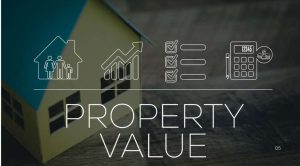
Property Value: Key Factors That Influence Real Estate Prices
Discover the main factors that determine property value and learn how market trends, location, and design choices impact real estate prices.

Modern Elegance: Redefining Luxury Living in Contemporary
Discover how modern elegance transforms luxury living with refined simplicity, timeless design, and sophisticated comfort for today’s homeowners.







